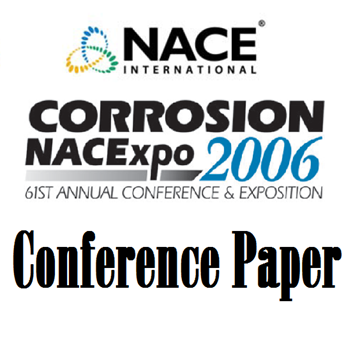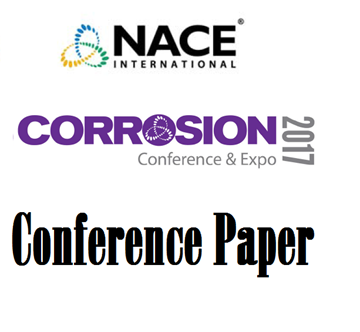Search
51312-01272-Effect of Sigma Phase on the Environmental Assisted Cracking of Super Duplex Stainless Steel in Oil
Also Purchased
06578 Sigma Phase Embrittlement of Stainless Steel in FCC Service
Product Number:
51300-06578-SG
ISBN:
06578 2006 CP
Publication Date:
2006
$20.00
09300 Stress Corrosion Cracking of Super Duplex Stainless Steels above and below Pitting Potentials
Product Number:
51300-09300-SG
ISBN:
09300 2009 CP
Publication Date:
2009
$20.00
Sigma Phase Embrittlement of Type 304H Stainless Steel after FCCU Service
Product Number:
51317--9140-SG
ISBN:
9140 2017 CP
Publication Date:
2017
$20.00




